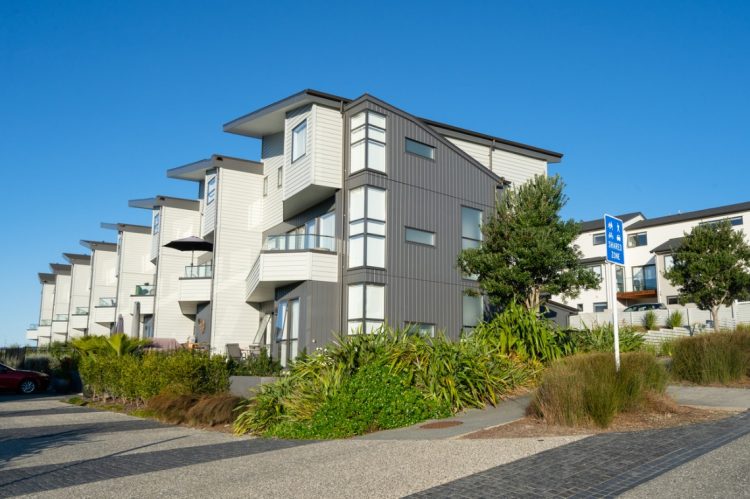Pricing a condo correctly is essential for a successful sale. I will guide you through detailed, actionable steps to ensure your condo is priced right.
You will learn the following information which will help you price your condominium appropriately based on the current real estate market:
- How to conduct a comprehensive market analysis.
- The importance of a comparative market analysis (CMA).
- How neighborhood trends impact condo pricing.
From thirty-eight years of experience, the wrong price almost always leads to failure, whether you are selling a home or a condo. If you sell a condo by owner, getting the price right is even more essential. It is the number one reason for failure. Often, it’s because there was no consultation with an excellent local real estate agent.
Let’s dig in and examine what you should know.
Conducting a comprehensive market analysis
Understand the local market
Analyze the local real estate market. Study recent sales and current listings. Focus on similar properties in your area.
- Identify key trends: Look at price trends over the past six months. Check if prices are rising, falling, or stable. This will help you understand the market’s general direction and anticipate future movements. Real estate websites, local MLS data and market reports are used to gather this information.
- Evaluate supply and demand: Understand the inventory levels. A high supply with low demand may lower prices. Conversely, a low supply with high demand can drive prices up. Monitor the number of days on the market for condos similar to yours to gauge demand.
Research comparable properties
Look for condos similar to yours. Consider size, age, condition and amenities.
- Gather data: Note the sale prices of recently sold condos. Compare listing prices of condos currently on the market. Websites like Zillow, Redfin and Realtor.com are excellent resources for this data. Pay attention to listed properties that did not sell, as these can indicate overpriced properties.
- Adjust for differences: Make adjustments for differences in features and conditions. This helps in aligning your condo with market standards. For example, if your condo has a new kitchen and the comparable does not, you might adjust your price upwards.
Performing a comparative market analysis (CMA)
Select comparable properties
Choose condos that closely match your property.
- Criteria for selection: Include location, size, number of bedrooms, bathrooms and amenities. Ideally, select comparables within a one-mile radius in urban areas or a similar neighborhood in suburban or rural areas.
- Time frame: Focus on sales within the last six months. Recent data is more relevant and reflective of current market conditions. You might even narrow this to the past three months in rapidly changing markets.
Analyze the data
Review the data from selected comparables.
- Calculate price per square foot: Divide the sale price by the square footage for each comparable. This helps you determine an average price per square foot for similar properties. Avoid data sets with little meaning to market value, such as the assessed value.
- Adjust for market conditions: If the market has changed since the comparables sold, adjust the prices accordingly. For example, if prices have generally increased by 5% in the past six months, adjust your comparables to reflect this change.
Understanding neighborhood trends
Evaluate local amenities
Examine the impact of local amenities on condo prices.
- Schools and parks: Good schools and parks nearby can increase property values. Families often prioritize proximity to high-quality schools.
- Shopping and dining: Buyers are attracted to proximity to shopping centers and restaurants. Walkability scores can also play a significant role in urban areas.
Monitor development projects
Stay updated on new developments in the neighborhood.
- Upcoming projects: New residential or commercial projects can affect property values. For example, a new shopping center or office complex can increase demand for nearby housing.
- Infrastructure improvements: Roadworks and public transport improvements can enhance neighborhood appeal. Improved accessibility can make an area more desirable and boost property values.
Professional appraisal methods
Hire a professional appraiser
Engage a certified appraiser for an unbiased evaluation.
- Appraiser’s role: They provide a detailed report on your condo’s value based on market data and property condition. This report can be crucial for setting a realistic and competitive price.
- Appraisal report: Use the report to validate your pricing strategy. This document is also valuable during negotiations, as it objectively assesses your property’s worth.
Understanding the appraisal process
Familiarize yourself with how appraisals work.
- Inspection: The appraiser inspects the property, noting its condition and features. This includes both the interior and exterior of the condo.
- Comparable analysis: They compare your condo to recent sales of similar properties. This step is identical to your CMA but performed by a professional with access to more detailed data.
- Final valuation: A detailed report outlining the appraiser’s findings and the condo’s market value. This report includes adjustments for differences between your condo and the comparables.
Finalizing your condo price
Combine all data
Integrate findings from your market analysis, CMA and appraisal.
- Price range: Based on all collected data, determine a price range. This range should be narrow enough to accurately reflect market conditions but broad enough to allow for some flexibility.
- Set a competitive price: Choose a price within this range that is competitive yet realistic. Avoid overpricing, as this can lead to longer times on the market and potentially lower offers.
Consider market conditions
Adjust your pricing based on current market conditions.
- Seller’s market: You can price slightly higher in a seller’s market. Buyers are often willing to pay more when inventory is low. Listing for sale in the best-selling season can also be helpful.
- Buyer’s market: In a buyer’s market, pricing lower may attract more interest. Competitive pricing can lead to quicker sales and possibly multiple offers.
Listing your condo
Effective marketing strategies
Promote your condo effectively to attract potential buyers.
- Professional photography: High-quality images can make a significant impact. Consider hiring a professional photographer to showcase your condo in the best light.
- Online listings: List your condo on major real estate websites. Ensure the listing is complete with all relevant details and appealing photos.
Open houses and showings
Organize open houses and private showings.
- First impressions: Ensure the condo is clean and staged well. A well-presented property can significantly affect buyer perception.
- Feedback: Gather feedback from visitors to refine your strategy if necessary. This can provide valuable insights into what potential buyers are looking for.
Conclusion
Correctly pricing your condo involves detailed research and professional assistance. Utilize a top local agent to ensure you get it right!












